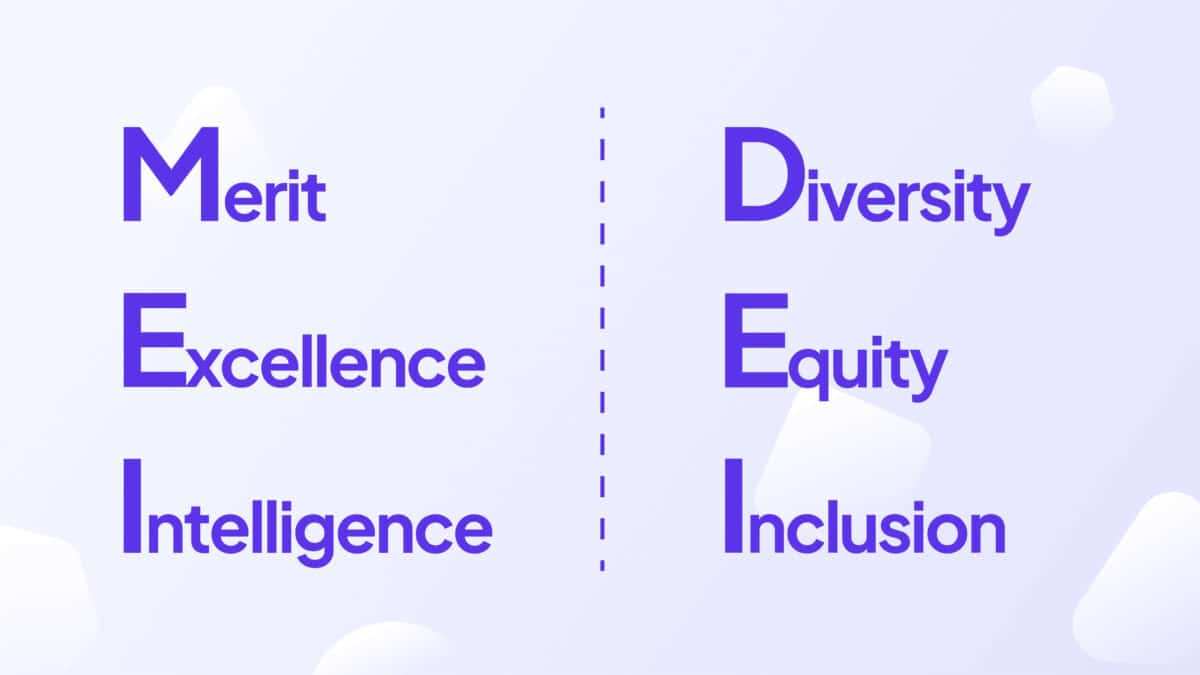Diversity in an organization not only prevents homogeneity of thought and action but also attracts other talents from even more diverse pools.
But despite the fact that more women are joining the workforce, there’s still a severe lack of women in leadership roles in most industries.
A report by ‘Catalyst’ says that women in the Fortune 500 now make-up 14.6 percent of executive officers, only 8.1 percent of the highest-paid and under five percent of CEOs. If women are joining the workforce in large numbers, why does it not reflect at the top levels? It is not that women lack ambition or drive. But they might not always have access to leadership resources.
To address this divide, here are some of the things organizations can do.
Identify leadership potential early on and nurture it
It is necessary to have a program in place that can identify female employees with valuable leadership skills. This way, employees have the chance to shape their career trajectory early in their careers and make decisions that might help them become future leaders.
Urge women to network and take on interesting assignments
It is important to urge women to engage in networking opportunities and take on challenging assignments that add value to their jobs and could help them secure leadership positions. A lot of women tend not to take on assignments or even engage in networking opportunities because they are doubtful of how they might perform or are worried that they might fail, even before they have actually taken up the challenge. In cases like these, it helps to have supportive managers or executives who can urge them to challenge themselves.
Offer support
One reason why there aren’t many women in leadership roles is the lack of support they receive, especially at the workplace. Women leaders are subjected to higher standards, behaviors that are normally appreciated in men are seen negatively when exhibited by women. Also, while ambition and aggression are noted and appreciated in men, conversely women have to walk a fine balancing line between firm but not aggressive, warm but not friendly, feminine but not overly so, etc. The list goes on.
By normalizing the idea of women in leadership roles or giving employees flexibility and support in structuring their schedules, organizations can offer more support.
While there is still a lot more to be done when it comes to women in leadership roles, these three steps will at least set organizations on the right path.
Want to know how Engagedly can help nurture talent and develop leadership potential?
Request a demo to learn more!
Request A Demo
Kylee Stone
Kylee Stone supports the professional services team as a CX intern and psychology SME. She leverages her innate creativity with extensive background in psychology to support client experience and organizational functions. Kylee is completing her master’s degree in Industrial-Organizational psychology at the University of Missouri Science and Technology emphasizing in Applied workplace psychology and Statistical Methods.





